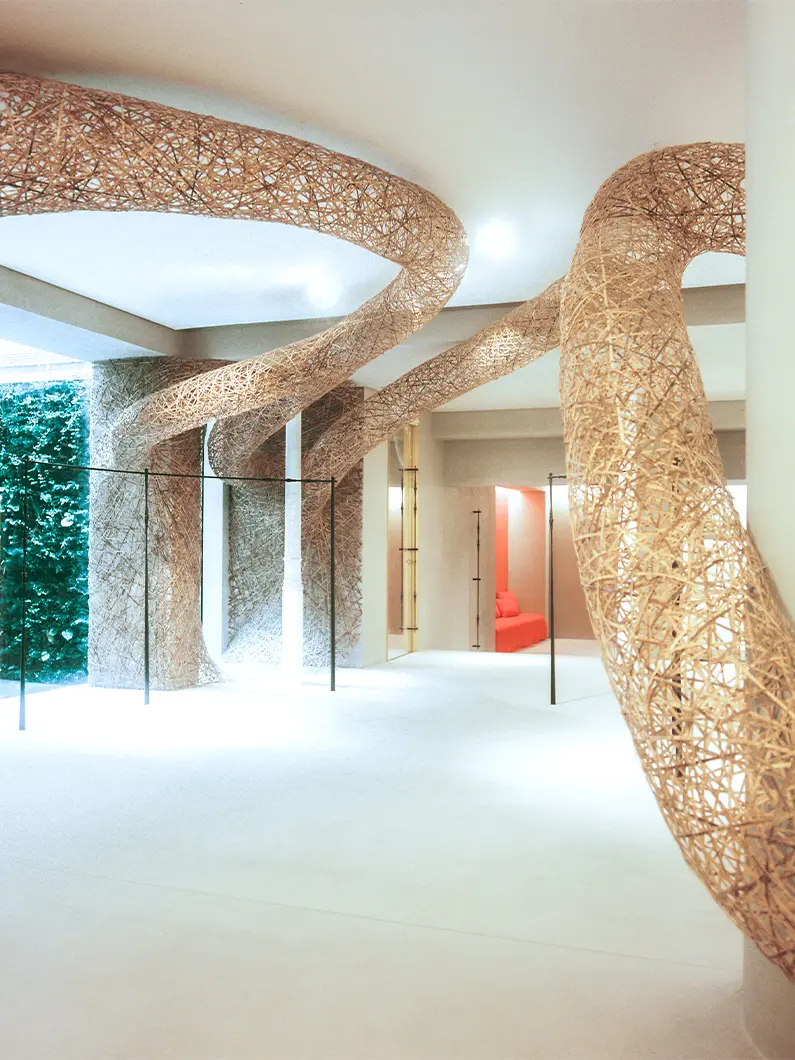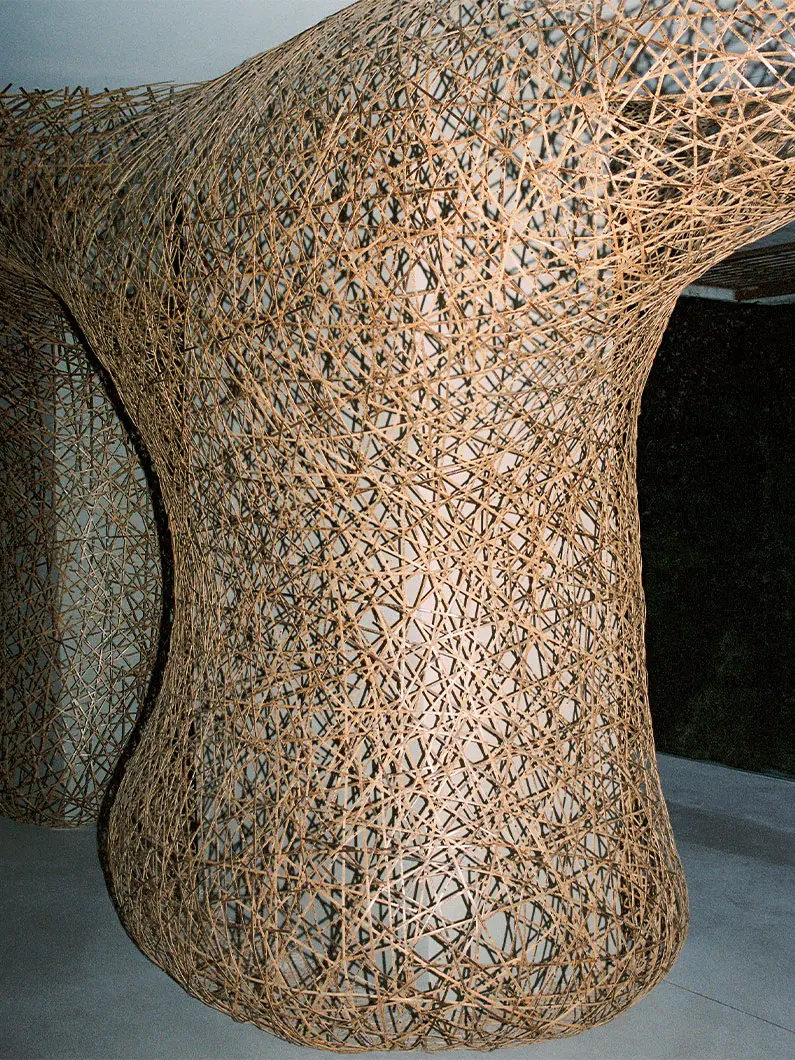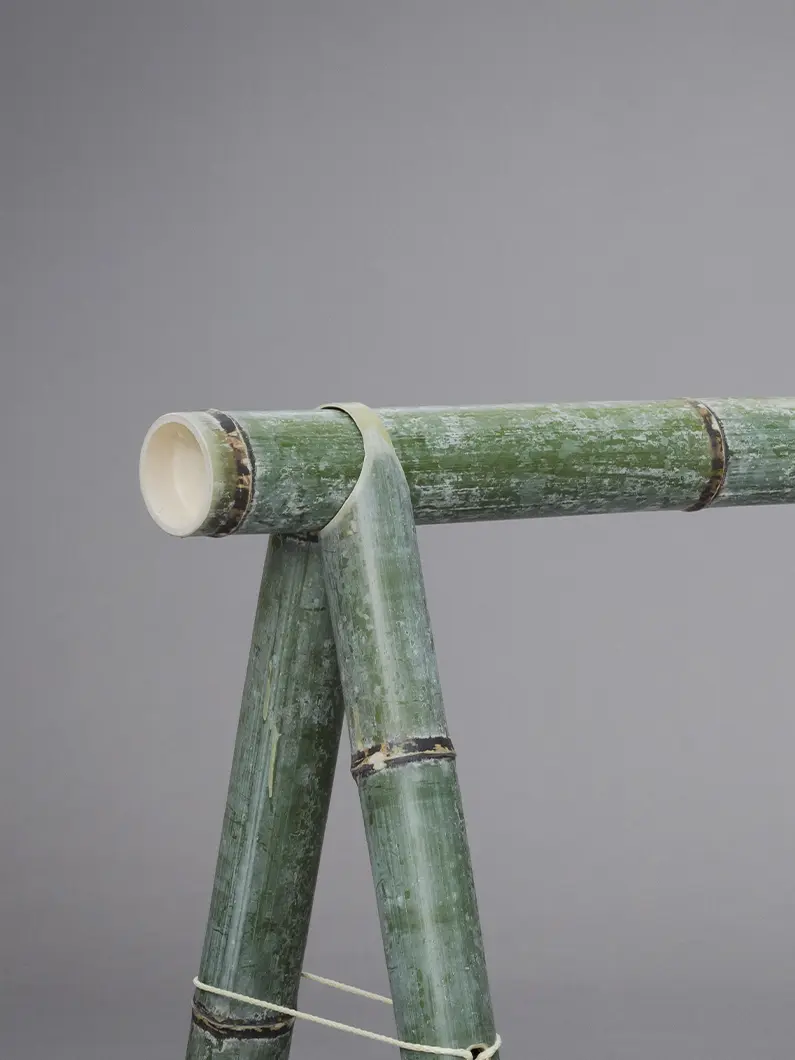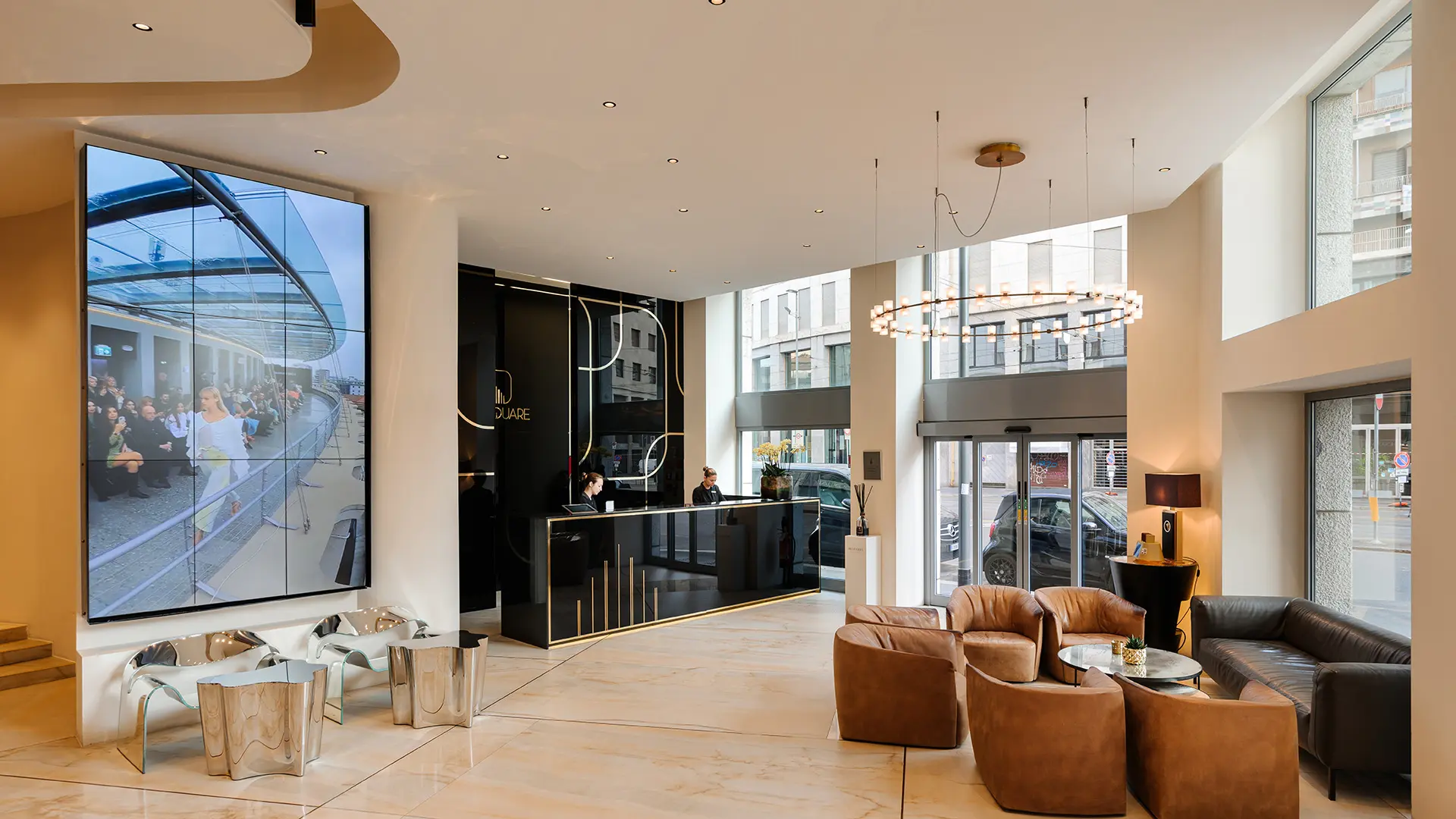In partnership with MiCodmc, a selection of establishments ripe for discovery during the 64th edition of the Salone del Mobile.Milano, from 21 to 26 April 2026
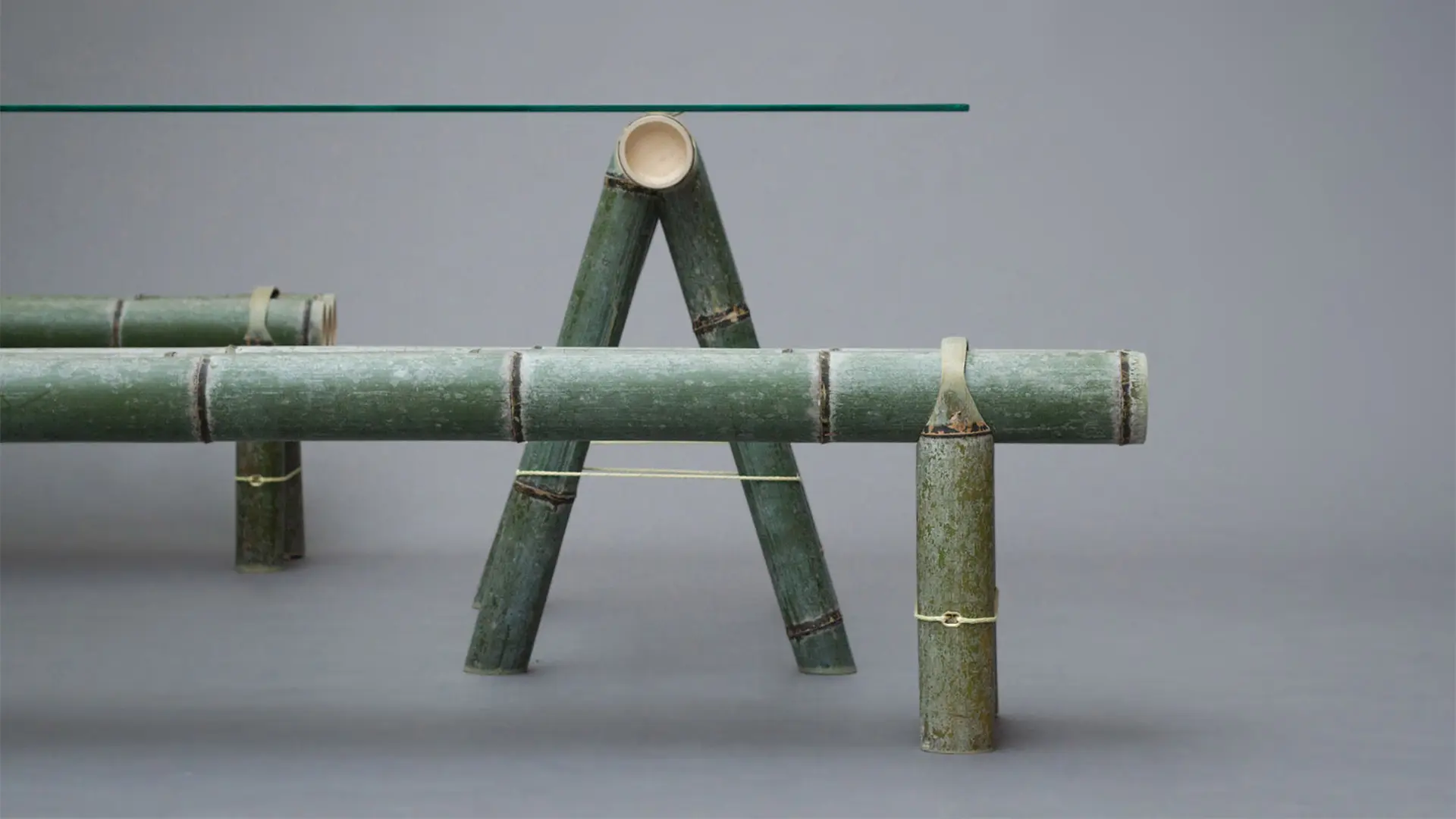
Soba, Japan Creative, Diez Office, ph. Jonathan Mauloubier
Tough and with a very low environmental impact, this plant native to Asia is sure to become more prominent in design on all scales, from interiors to product design. All the virtues of bamboo embodied in three exemplary projects
"The lithe and slender bamboo withstands the hurricane better than the mighty unbending oak,” says a Chinese proverb. In an age that makes adaptability one of the essential prerequisites for coping with the challenges facing the industrial supply chain and the ecosystem, bamboo’s flexibility of use proves invaluable. Sustainable, supple, resilient: it is hardly surprising that these qualities make bamboo attractive for an increasingly broad range of applications, from new materials to furnishings and interiors.
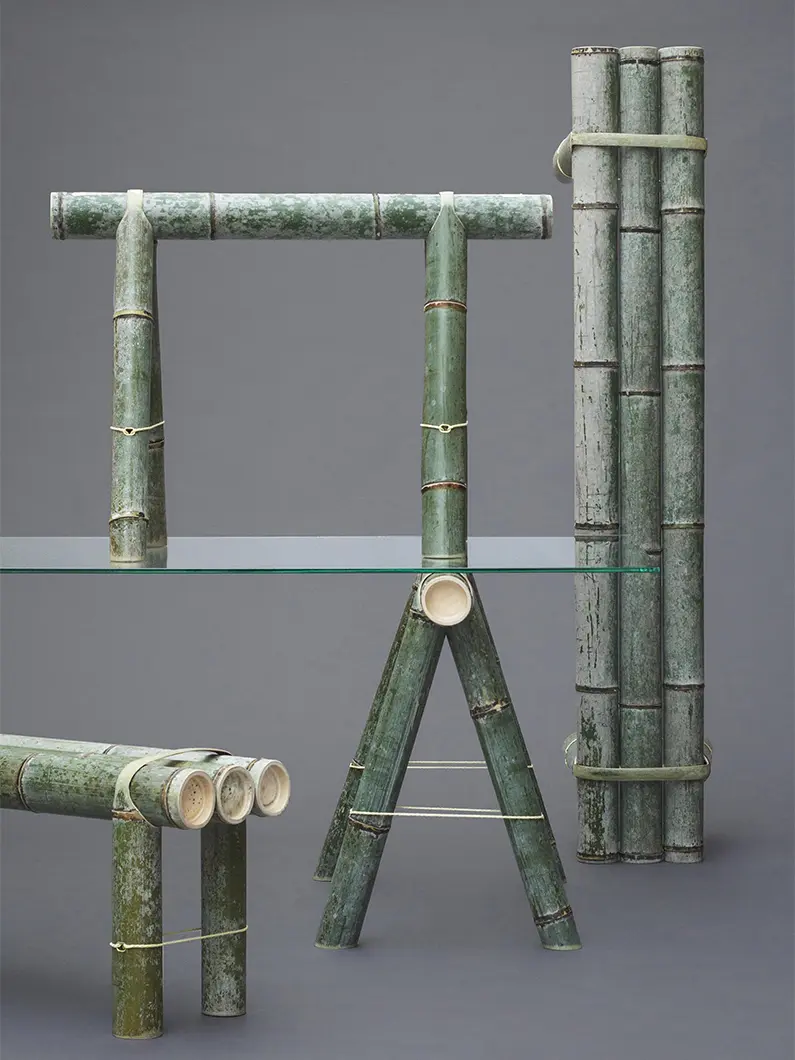
Soba, Japan Creative, Diez Office, ph. Jonathan Mauloubier
A hollow evergreen plant without bark, bamboo is native to tropical and sub-tropical areas of Asia. Ever since ancient times it has been noted for its versatility, being used above all in China and Japan both for residential buildings and for making everyday objects.
All too often underrated, especially in naive Western eyes, as a material for creating furnishings and accessories with an “ethnic” character, bamboo is finding new favor today because of its outstanding performance in terms of environmental sustainability. Easily adaptable even in temperate climates – it is being grown today in Oceania, America and to a lesser extent even Europe – bamboo is an ultra-fast growing plant, capable of reaching its full height in just three months. Partly because of its speedy growth, bamboo is held to be the plant with the greatest carbon capture potential. Estimates vary depending on the individual species, but it can reach 229kg per year for a single specimen, over 30 times more than any other tree or shrub. As a plant that grows quickly, it is also an abundant material, with potentially low costs. And if we combine great availability with versatility, we have a clear overview of its potential, recounted here in three emblematic projects.
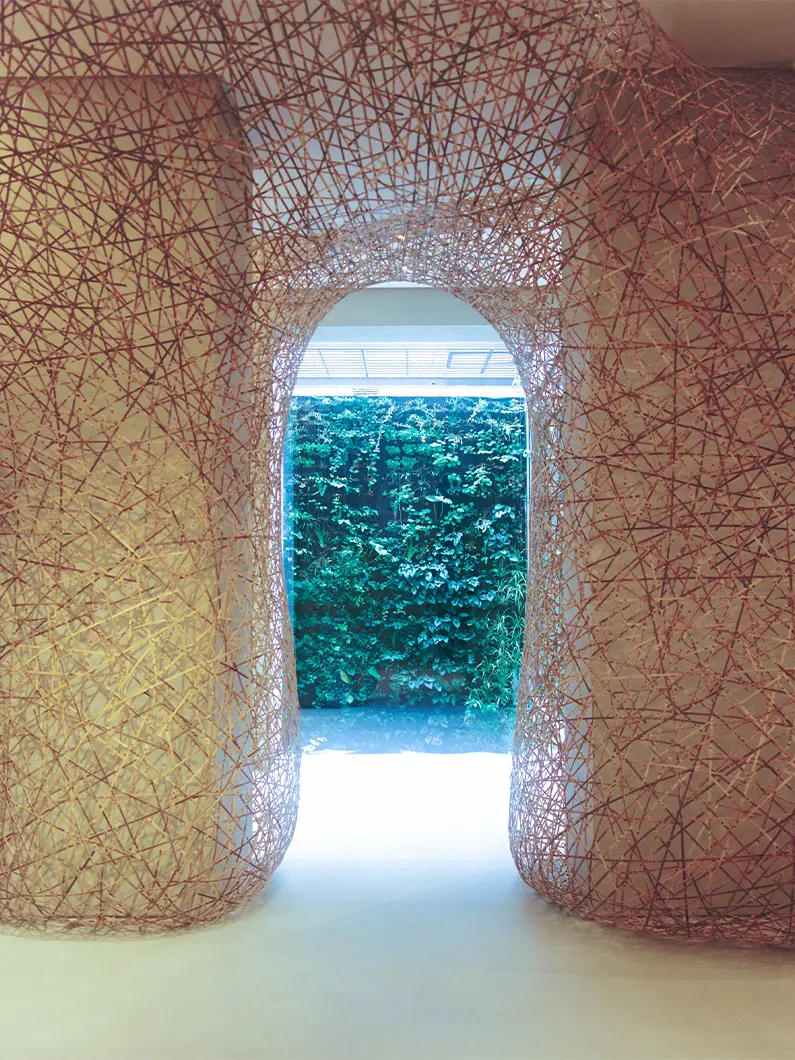
Yūgo, Tanabe Chikuunsai IV, Casa Loewe, photo courtesy
The reopening of Loewe's flagship store in Barcelona has made headlines with the voluptuous installation created by the Japanese artist Tanabe Chikuunsai IV. A virtuoso in bamboo craft, he uses it to create environmental installations as well as sculptures and objects. With a specific name, Yūgo, the installation spreads through the Loewe store, its sinuous form enveloping the doorway, weaving between the columns, unfurling across the ceiling and enfolding the walls. Made from 6000 strips of bamboo woven into an elongated tubular form, the mono-material work is enveloping yet diaphanous. It relates closely to the contemporary design of the single-brand store, enhancing it by its lightness.
As often happens, the reinterpretation of the potential of a material can be enhanced by a gaze that comes from outside. The encounter between different cultural backgrounds and healthy carriers can deliver a creative jolt that kickstarts new applications. This is the case of the Soba project, developed in 2015 by the German studio of Stefan Diez for Japan Creative, a label in the Land of the Rising Sun devoted to reviving the Japanese craft tradition through contemporary visions and languages.
This versatile project experiments with using bamboo in its natural state, devising a solution with a do-it-yourself character to create a street furnishing – the bench – so widespread in Japan that it represents a veritable archetype and imagery. Through the use of joints made of bamboo fastened with slender cords, Soba can be assembled without any knowledge of specific techniques. Finished with wax, bamboo can even be used outdoors without the need for any further treatment. When exposed to the weather, it does not decay but takes on a patina that gradually turns towards gray tones. The project was developed in collaboration with the Yamagishi bamboo store on Kochi Island in southern Japan.
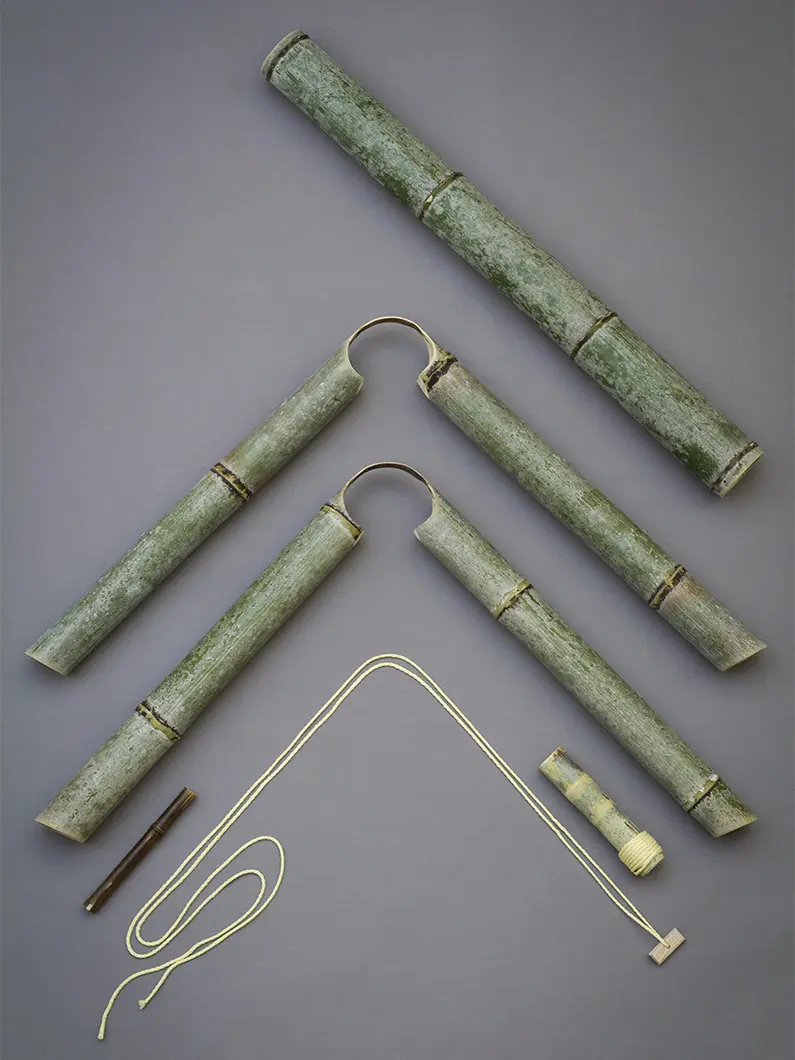
Soba, Japan Creative, Diez Office, ph. Jonathan Mauloubier
A novelty with great potential applications comes from the field of the latest generation yarns. When suitably processed, the cellulose extracted from the bamboo stem possesses properties with a marked added value: soft to the touch, highly breathable, the fabric obtained from the Asian plant conveys the sensation of freshness typical of silk while having the toughness usually associated with cotton. Antibacterial and hypoallergenic, it has antimicrobial properties and ensures protection against UV rays. Fully biodegradable, it offers a sustainable alternative to synthetic fabrics. Its applications, at present rather limited in the fashion field, are concentrated in the production of technical sports fabrics. However, there is no reason why, in the near future, the uses should not be extended to the field of coatings for furniture.


 Sustainability
Sustainability
